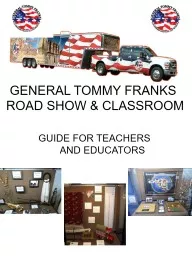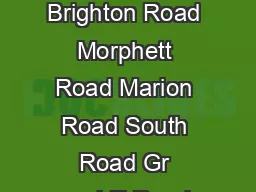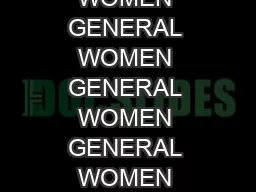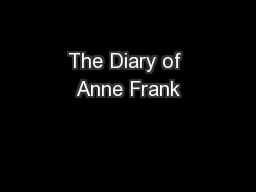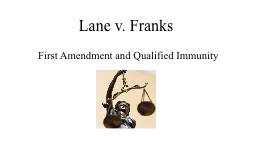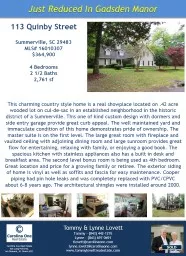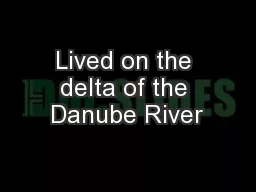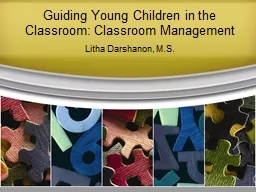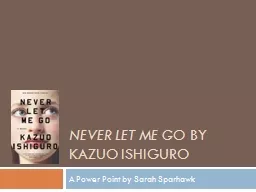PPT-GENERAL TOMMY FRANKS ROAD SHOW & CLASSROOM
Author : pasty-toler | Published Date : 2018-10-08
GUIDE FOR TEACHERS AND EDUCATORS Dear Educator First permit us to thank you for your contribution to Americas future generation Our children are our most prized
Presentation Embed Code
Download Presentation
Download Presentation The PPT/PDF document "GENERAL TOMMY FRANKS ROAD SHOW & C..." is the property of its rightful owner. Permission is granted to download and print the materials on this website for personal, non-commercial use only, and to display it on your personal computer provided you do not modify the materials and that you retain all copyright notices contained in the materials. By downloading content from our website, you accept the terms of this agreement.
GENERAL TOMMY FRANKS ROAD SHOW & CLASSROOM: Transcript
Download Rules Of Document
"GENERAL TOMMY FRANKS ROAD SHOW & CLASSROOM"The content belongs to its owner. You may download and print it for personal use, without modification, and keep all copyright notices. By downloading, you agree to these terms.
Related Documents

